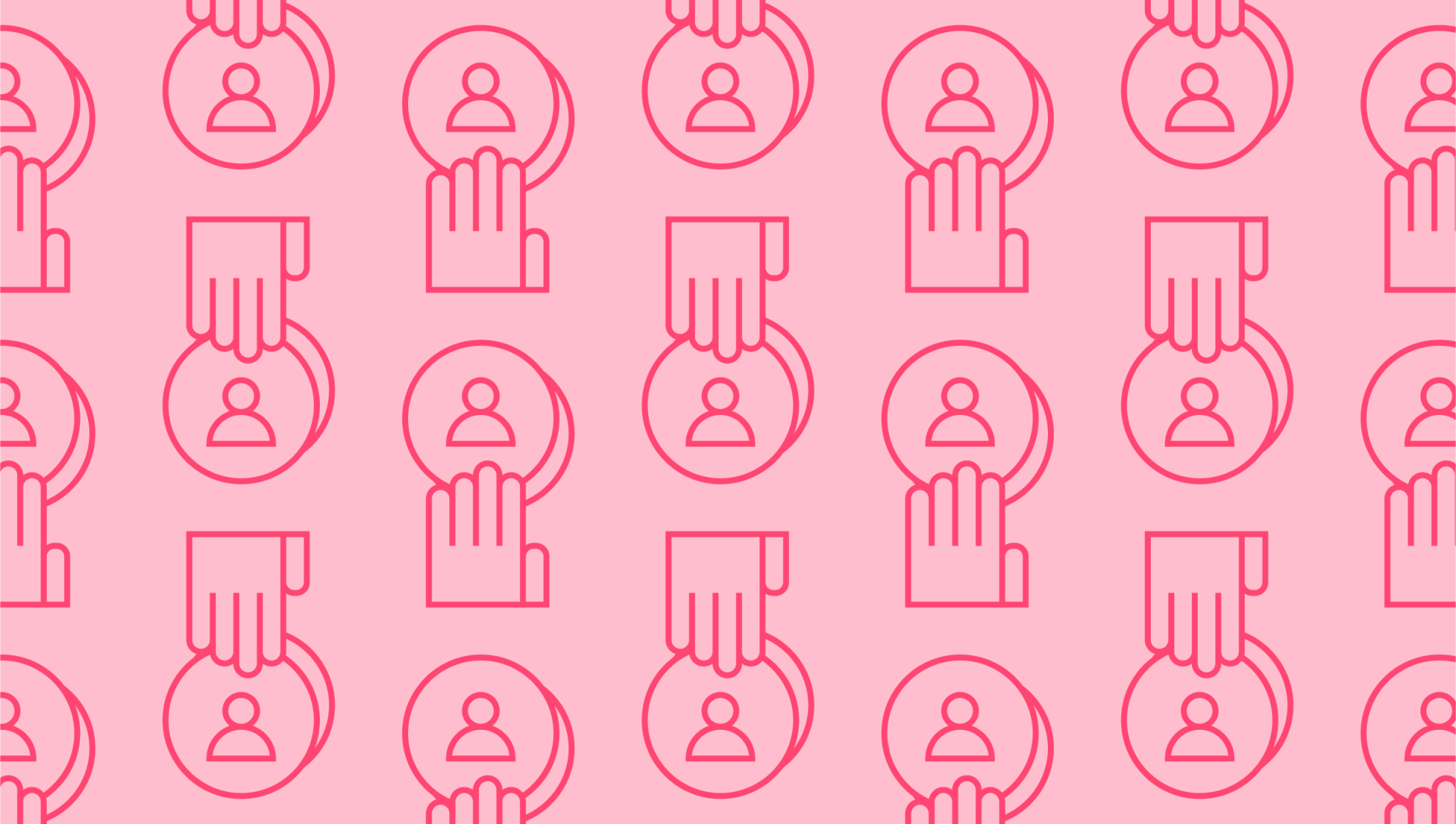Last editedApr 20203 min read
You’ve got a great product, you’ve identified your target audience, and your company is starting to gain new customers and grow. What’s next? While there’s always a temptation to expand your marketing efforts and attract new customers, it’s important not to forget about the ones who’ve already signed up. After all, research suggests that it’s five times more expensive to gain a new customer than it is to keep an old one.
Recognising the benefits of customer retention and devoting resources to satisfying existing demand can be a major boon for your business, helping to increase ROI, boost referrals, and foster a sense of loyalty within your customer base. But what is customer retention? Read on to find out more.
Customer retention definition
Customer retention refers to the activities undertaken by a company to reduce the amount of customer defections. The overall aim is to help the company retain as many customers as possible, rather than to win new customers or generate leads. This is done through a variety of initiatives, though most often, it revolves around brand loyalty and customer loyalty programs. It begins from the very first time you contact a customer and continues throughout their entire journey with the business. In short, customer retention is all about building great relationships with your customers so that they keep coming back, time and again.
What are the benefits of customer retention?
The value of customer loyalty and retention is fairly significant. Put simply, it tends to be a much more cost-effective way of boosting your revenue than going after new customers. This is because it costs significantly less to retain old customers than it does to gain new ones. In fact, a study by Bain & Company found that increasing customer retention by just 5% can increase your company’s profits by 25-95%.
It’s also worth thinking about the value of a retained customer compared to a new customer. Because they understand the value of your product/service, loyal customers tend to buy more often and spend more money than new customers. In addition, they’re much more likely to refer other people or become brand ambassadors for your business, which provides you with easy access to new customers, virtually free of charge.
How to measure customer loyalty and retention
Before you can take steps to improve your customer retention, you need to understand how to measure it. There are a range of different customer retention metrics that you can employ, but the most straightforward is likely to be customer churn. Customer churn is a measurement of the rate at which customers choose to stop doing business with you. If you have an unusually high churn rate, it may indicate that your product or service isn’t meeting customer expectations. You can calculate customer churn rate using the following formula:
Customer Churn Rate = (Number of Churned Customers / Number of Customers Up for Renewal) x 100
What are the best customer retention strategies?
Now that you understand the benefits of customer retention and how to measure customer loyalty and retention, it’s time to think about the different ways that you can improve your company’s retention rate. There are a broad range of customer retention strategies that you can use to keep customers engaged and boost your value proposition:
Create a customer loyalty program – Show your customers that their loyalty isn’t going unnoticed with a customer loyalty program. For example, you could give your customers “reward points” when they make a purchase or provide free upgrades as a special thank-you for long standing customers. It’s all about building up an emotional connection with your most loyal customers and encouraging them to stick around even longer.
Keep communicating with your customers – One of the best ways to form a relationship with a customer is to communicate consistently, clearly, and honestly. Remember to speak to your customers with a human voice but try not to come off as patronising or overly informal. Think about setting up a communication calendar to track the communications you’ve sent to customers. If any of your customers haven’t interacted with the brand for a while, get in touch.
Improve your payments process – Automating your payments process can help to reduce involuntary churn and improve the quality of service you’re able to deliver. GoCardless enables your customers to pay with BECs debit, which has a number of immediate benefits. For example, payment details only need to be entered once, payment details never need to be updated (unless they change bank accounts), and your customers will have certainty about how much they’re paying and when they’re paying it.
We can help
GoCardless helps you automate payment collection, cutting down on the amount of admin your team needs to deal with when chasing invoices. Find out how GoCardless can help you with ad hoc payments or recurring payments.
